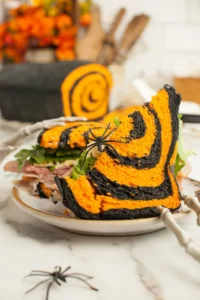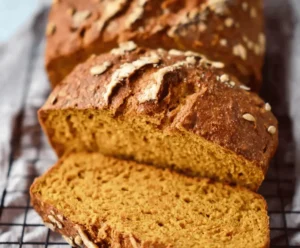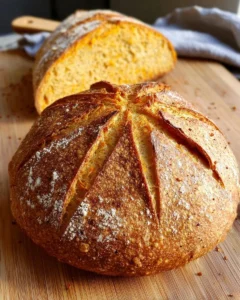
Can we just take a second to thank the humble cheese grater? It’s one of those kitchen tools that rarely gets the spotlight, yet it works hard for us week after week — whether it’s helping us shower gooey cheddar over tacos, prepping zucchini for bread, or turning chocolate into dessert magic.

But there’s a mystery many of us share. You’ve probably used the large holes, the medium holes, maybe even the slicer side… but then you flip it around and see it: that puzzling fourth panel, covered in tiny, sharp-edged bumps. And suddenly you’re wondering — is this broken? Is it just there to confuse me? Does anyone actually use this side?
Well, friend, today we’re solving the mystery once and for all. And spoiler alert: that fourth side may just be the most underrated one of them all.
A Quick Refresher on the Four Sides
Most box graters follow the same format:
- Large Holes (Shredding) → Best for hard cheeses like cheddar, Gruyère, or mozzarella. Perfect for pizza, casseroles, and tacos.
- Medium Holes (General Grating) → Your everyday side for softer cheeses, veggies like carrots or zucchini, and even chocolate.
- Slicer Side (Single Blade) → Creates uniform slices of potatoes, cucumbers, apples, or cheese. Great for gratins and snack trays.
- The Tiny-Holed Mystery Side → Ah yes, the side we’ve been ignoring.
What the Fourth Side Is Really For
That “mystery” side with its sharp, tiny raised holes is designed for ultra-fine grating. Think of it as your built-in zester or dust-maker for hard ingredients.
Here’s what it excels at:
- Hard Cheeses → Parmesan, Pecorino Romano, or Asiago, grated into a fine, almost powdery consistency (like the kind you sprinkle at Italian restaurants).
- Citrus Zest → Perfect for zesting lemons, limes, or oranges to brighten baked goods and cocktails.
- Garlic & Ginger → Creates a fine paste that blends seamlessly into sauces, marinades, and dressings.
- Nutmeg & Spices → Freshly grated nutmeg adds warmth to custards, lattes, and holiday cookies.
- Chocolate Dust → The easiest way to create a soft chocolate “snow” for topping cakes, cappuccinos, or tiramisu.
Why It’s Underrated
Many people skip this side because it’s slower to use and trickier to clean. But that finer texture is something you just can’t get with the larger sides. It’s what makes your pasta dusted with Parmesan feel restaurant-quality, or your lemon loaf sing with bright citrus notes.
Think of it this way: the large side makes food functional, but the tiny side makes it elevated.
Pro Tips for Using the Fourth Side
- Work with firm foods. Softer ingredients tend to mush instead of grate.
- Keep strokes short. Long pushes can bend delicate foods like citrus peels.
- Use a brush for cleaning. A small pastry brush or old toothbrush clears out the holes better than a sponge.
- Chill before grating. Cold chocolate or butter grates beautifully without melting in your hands.
Alternatives (If You Don’t Love This Side)
If you find this side too awkward, you’re not alone. Many cooks now use a separate microplane grater for fine grating. It’s easier to handle and clean, but your trusty box grater already has that function built-in — so why not give it a chance?
Frequently Asked Questions
Q: Is this side the same as a zester?
Pretty much! A zester is often easier to maneuver, but this side of the box grater serves the same purpose.
Q: Can I use it for onions?
Yes, but be prepared for onion “juice” — it will turn into a paste, great for dressings or marinades.
Q: Why does my grater clog on this side?
It’s normal. Rinse immediately after use or soak in warm water to loosen stuck bits.
Conclusion
The next time you pull out your box grater, don’t overlook that little panel of tiny teeth. It’s not a mistake, it’s not broken, and it’s definitely not just there for looks. It’s your secret weapon for creating delicate textures that can take your cooking from homemade to professional.
So go ahead — dust that pasta with fluffy Parmesan, brighten your lemon loaf with zest, or snow some chocolate over dessert. The fourth side is ready and waiting!
Join the Kitchen Conversation
Do you use your grater’s fourth side? Or is this your “aha!” moment? Share your tips in the comments, and don’t forget to pin this guide on Pinterest for later!





Leave a Reply